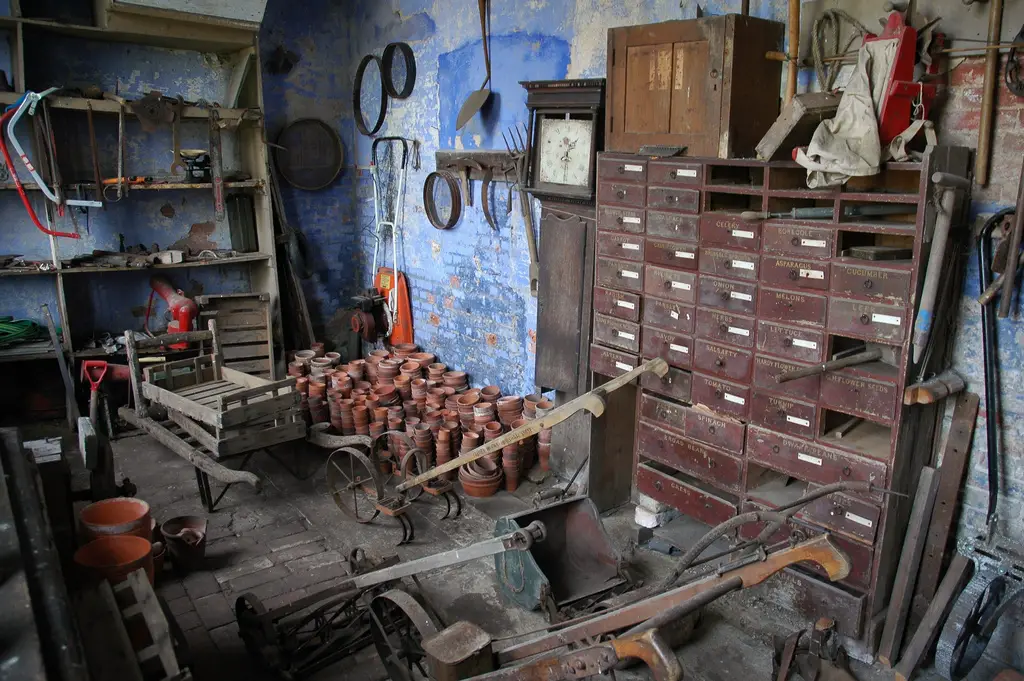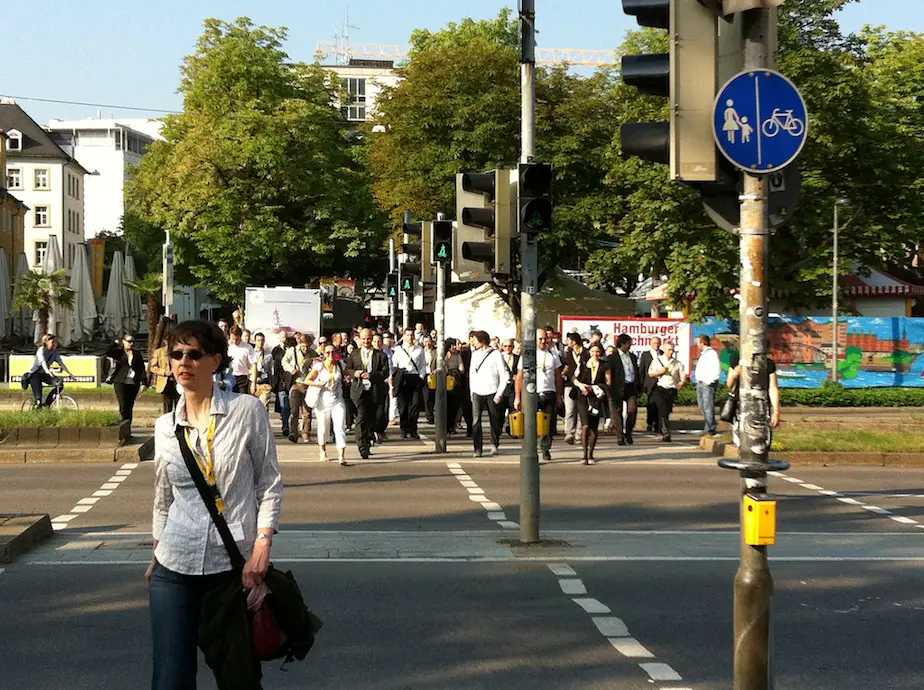As more and more objects become Internet-connected and data-enabled (the emerging “Internet of Things”), technologists and urban designers are beginning to explore what this means for how we interact with everyday objects in a city. If an object is connected to its surroundings and made aware through data, it has the potential to become an active and engaged participant in its environment, capable of telling its story, having conversations with passer-byers, and emoting its current feelings. As Alexis Lloyd points out in “If This Toaster Could Talk”, once objects become imbued with these sorts of capabilities, it’s probably more appropriate to consider them “enchanted objects – objects that can transform, conjure, and invoke.”
While most of the conversations around connected devices have centered on utilitarian purposes (for example, the quintessential refrigerator that knows when you’re out of milk and orders more), technologists and urban designers are increasingly exploring these objects in the context of how they can brighten life in a city. For example, Bristol’s Hello, Lamp Post project was a public art installation that enabled street furniture to “talk” and share interesting stories of the local area, and Berlin’s Stimmungsgasometer is a giant projected smiley face that changes its emotion based on the overall mood of Berlin citizens.
These new types of connected objects raise some important questions for urban design. What can it mean for a city when everyday street objects start taking on their own personality? What stories can they tell and what relationships can they form? Can such objects strengthen a community’s connection to a city?
With these questions in mind, I worked with Alexandra Coym and Steve Cordova – all of us Master’s students at New York University’s Interactive Telecommunications Program – to explore how street objects in New York City could become alive and develop personas based on their experience within the city. To do this, we re-imagined New York’s pedestrian signals and created “Pop Pop”, a new type of sentient pedestrian signal. We chose to focus on pedestrian signals due to their omnipresence and their traditional role of helping people navigate the hectic streets of New York.

Pop Pop is a to-scale, working pedestrian signal that has real human emotions — based on real-time data of the location — and interacts with people as they walk by. Are there too many jaywalkers? How crowded is the corner? Is it rainy? Bad traffic? Pop Pop is aware of all of this data and reacts accordingly.
Pop Pop can be imagined like a caring older gentleman who is protective of his intersection: he wants to make sure everyone is safe and happy as they cross through his intersection. For example, while Pop Pop is usually upbeat and attentive, too many jaywalkers will make him a bit distressed and especially bad weather will tend to deflate his mood.
The goal of the project has been to explore how connected objects can have personalities that make people more engaged with their city and day-to-day surroundings. People can see and interact with Pop Pop either at the corner of Broadway and Waverly near New York’s Washington Square Park, or by going to the project website (which updates his current mood in real time).
And if they feel inclined, they can let Pop Pop know he’s doing a good job by pressing his crossing button.
While the first version of “Pop Pop” is an emotive pedestrian signal, we envision a more playful and shared experience in the future: for example, the pedestrian signal leading short group games or interactive trivia while pedestrians wait to cross the street.


